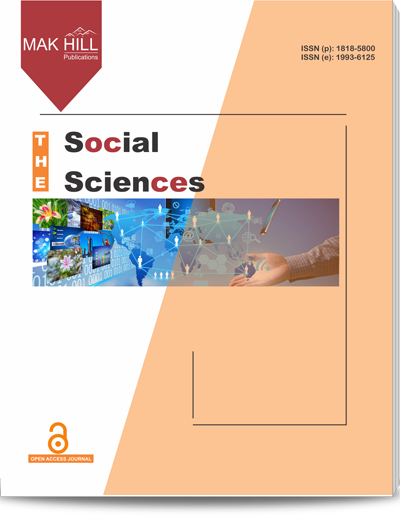
The Social Sciences
ISSN: Online 1993-6125ISSN: Print 1818-5800
Abstract
The study presents the results of investigation of how junior schoolchildren from two-parent and single-parent families perceive family. 95 junior schoolchildren from two-parent and single-parent families, pupils of 2nd-4th grades of Russian secondary schools were examined. The investigation technique was free association experiment. It was found that, with age, children from two-parent families had fewer associations with "family", while children from single-parent families, on the contrary, had more associations with "family". There were also qualitative differences in the associations given by children. With age, children described the relations between family members differently, from "friendship" to "love", ceased to mention "self" among family members, increasingly used generalized categories ("kin", "relatives"). The impact of two-parent or single-parent family is that children from two-parent families used mostly to just name family members, while children from single-parent families mostly responded with concepts describing relations and union between family members.
How to cite this article:
Elena V. Golubeva and IrinaV. Golubeva. Child’s Vision of Family.
DOI: https://doi.org/10.36478/sscience.2016.6781.6788
URL: https://www.makhillpublications.co/view-article/1818-5800/sscience.2016.6781.6788